How Many Species Of Animals Were There In The Prehistoric Times
The Globe has a 4.vi-billion-year history. Yet, Human sapiens (mod humans) only evolved between 400,000 and 250,000 years agone.
Humans evolved from the family hominid (great apes) that have existed on Earth for around 20 meg years. Over time, different homo species with different characteristics have existed on Earth, merely non all species of humans have survived the journey with many of them becoming extinct. The only homo species left is Human sapiens.
The thought of humans existence linked to the apes came afterward the publication of Charles Darwin'due south On the Origin of Species in 1859. He was the kickoff to point out that every species has emerged from an earlier one.
Later, two scientists, Thomas Huxley and Richard Owen, supported him. Huxley published a volume in 1863 entitled Evidence equally to Man's Place in Nature. Even though scientists held several views and theories, the major problem was proof because there was a lack of fossil intermediaries.
Eugène Dubois discovered the first fossil intermediary in 1891 at Trinil in the Dutch Due east Indies (modern-day Indonesia) proving that there were species between humans and apes. He chosen his finding Pithecanthropus erectus or Coffee Man.
Boosted fossils were discovered in Africa in 1920 and the study of the evolution of humans began thereafter.
Hither is the list of seven Homo species that take existed on Earth:
seven. Human Heidelbergensis
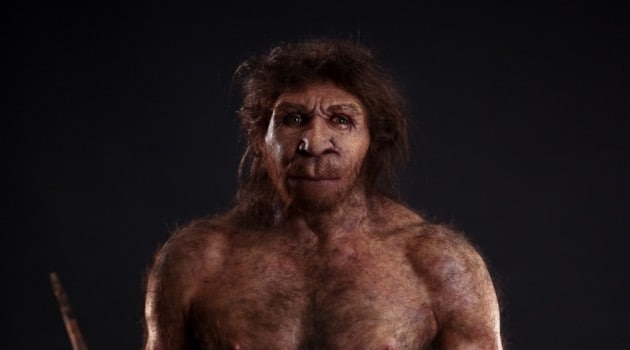
Homo heidelbergensis lived on Earth betwixt 700,000 and 200,000 years ago.
They emerged from Africa. The Homo heidelbergensis male was about 5ft 9in (175cm) tall and weighed around 136lbs (62kg), whereas the female boilerplate height was 5ft 2in (157cm) and with a weight of 112lbs (51kg).
They had a big brain case with a flatter face than today's humans. They were the first human species to adjust to colder climates and to build their own shelters to alive in. They were as well widely known for their ability to hunt large animals, which had not been seen in human species before them.
The first Homo heidelbergensis fossil was discovered on Oct 21, 1907, past a worker in Germany. The workman handed it over to Professor Otto Schoetensack from the University of Heidelberg who later identified and named the fossil.
half-dozen. Homo Rudolfensis
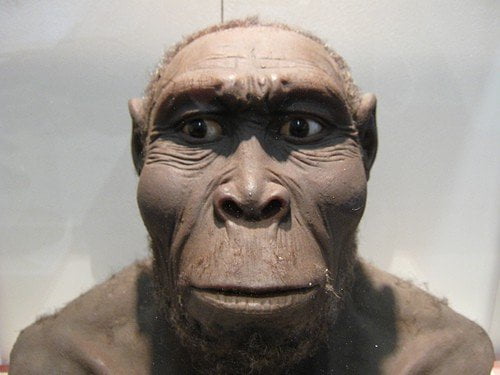
Human rudolfensis is another extinct species that falls into the hominid category. They are believed to have lived effectually 1.ix million to 1.viii million years ago. Their physical build, weight, and tiptop is still unknown due to the scarcity of cranial fossils.
Paleoanthropologist Meave Leakey and her team announced the discovery of a confront and ii jawbones belonging to Homo rudolfensis on August eight, 2012. The fossil known as KNM-ER 1470 was at the middle of a contend about its age. It was first thought to be around three million years erstwhile but later this was corrected to 1.ix 1000000.
The difference in the skull from other Homo species led to the creation of a new species called Human being rudolfensis. At that place are sure features of the ER 1470 to suggest that information technology is no unlike from other Homo species such as the lack of heavy muscle, the crests of australopithecine crania, and the smoothly rounded occipital os similar to that of Human being erectus.
Even so, other key features suggest that Homo rudolfensis are different from other Homo species having much longer faces with the upper part being narrower than the middle, and with many more megadont postcanines.
five. Man Habilis
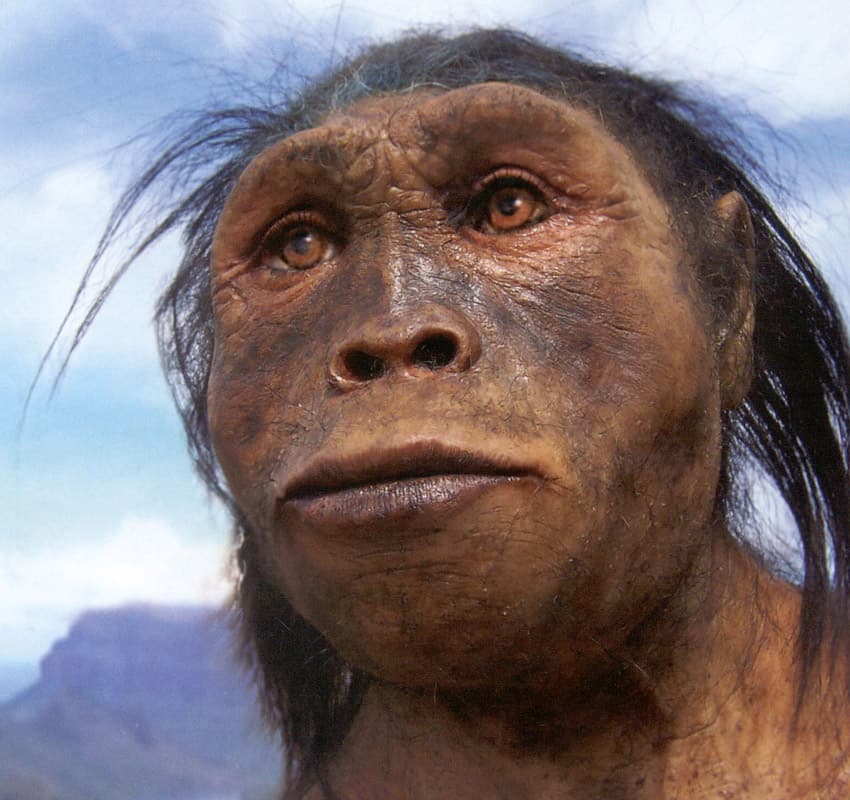
Human habilis was another species of hominids who lived on World between ii.four and one.4 million years ago.
Homo habilis possessed some ape-like features such as long arms and a moderately prognathic face. They had a larger brain case in the range of 550cm to 687cm. Nevertheless, they had a smaller face and smaller teeth.
There has been some fence as to whether Man habilis should be classified equally Homo since they had very few characteristics of other Homo species, but scientists discovered that they had the capacity to employ stone tools for various purposes.
There are iii key fossils available of Homo habilis: KNM-ER 1813, OH 24, and OH 8. The first fossil was found by the scientists Louis and Mary Leakey at Olduvai Gorge in Tanzania in the 1960s.
4. Homo Floresiensis
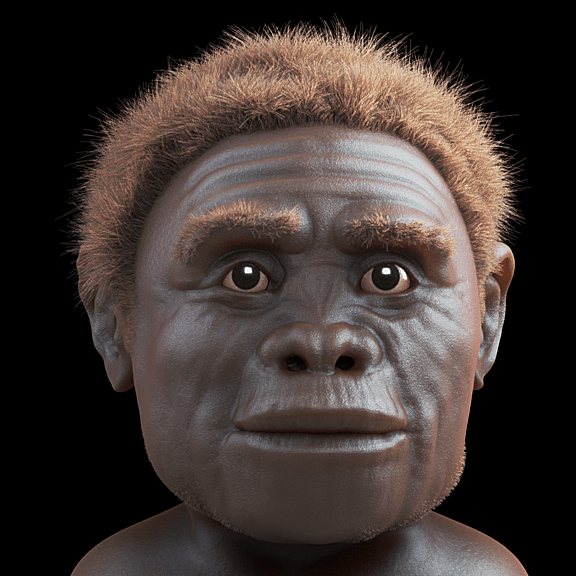
Homo floresiensis was believed to have lived from 95,000 to 17,000 years ago in Indonesia.
They were quite pocket-sized in size, around 3.5 feet, with a tiny brain. In that location is testify that Human floresiensis made stone tools and used to chase pocket-sized elephants and large rodents.
The key fossils of Man floresiensis were institute in 2003 in Indonesia and were named LB-ane. The female person head was a third of the size of a modernistic man brain.
Perhaps their small bodies enabled them to survive on the small island with limited resources.
3. Man Erectus
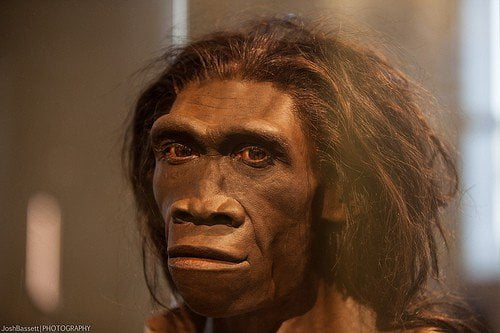
Man erectus is an extinct species of early human being that lived throughout the Pleistocene menstruation from about 1.9 million years to most recently 143,000 years agone.
The kickoff Erectus fossil was discovered in Java (present-day Indonesia) in the early on 1890s past Eugène Dubois. The study of the fossil proved that Homo erectus originated in Africa and spread through India, China, Georgia, and Java.
Homo erectus were more often than not in the range of 4 feet 9 inches to six feet ane inch with a weight of around 88 to 150lbs. Their height and weight were different from the fossils found in other parts of the world.
The fossils from Africa had a larger body size than those of Republic of indonesia, China, and Georgia. Their elongated legs and short artillery helped them climb trees easily and run faster than modern-day human being beings.
2. Human Neanderthalensis
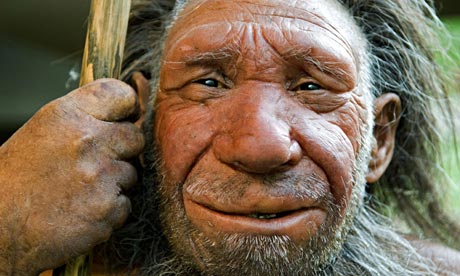
Neanderthal is an extinct species of human with the closest similarity to modernistic humans. But 0.12 percent of their DNA is different to modern humans.
The Neanderthal was believed to take existed from about 600,000 to 30,000 years agone, and lived throughout Europe and southwest to central Asia.
They had most of the features of modern humans, they used different tools for hunting, and wore symbolic ornamental objects.
There is evidence that they used to coffin their dead with offerings such as flowers. Some earlier human species have as well been found to take engaged in such symbolic beliefs.
A report has indicated that the Neanderthal and the modern human brain were similar at birth. However, in adulthood, their brains became larger.
They were stronger than modern humans with a huge torso size: male person (164-168cm) and female person (156-158cm).
i. Human being Sapiens
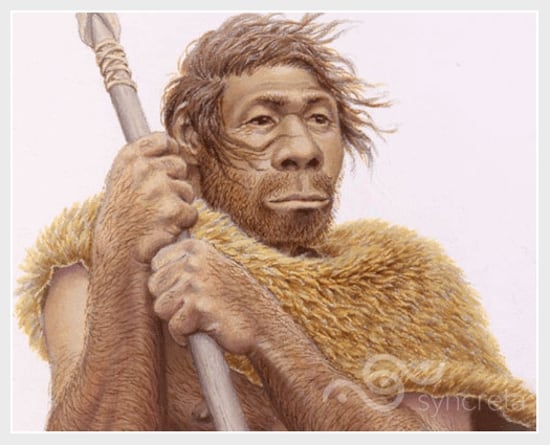
Most hominid species that existed on World became extinct during climatic changes merely Human being sapiens survived and became the ancestors of modern humans.
Man sapiens lived together, hunted food, and evolved to such an extent that they could cope with the climatic changes that occurred.
Besides hunting, they discovered how to propagate sure plants and how to breed animals, which changed history forever. Soon they learned to produce more nutrient, and ate a variety of animals and plants. Their command over fire and their tendency to live in larger groups also led to the creation of better shelters.
Scientists have found various fossils that support strong evidence of Homo sapiens. The oldest known fossils were discovered in Herto, Ethiopia. Researchers from the University of California institute the skulls of two adults and a child, who lived around 160,000 to 40,000 years before modernistic times.
Source: https://www.ancienthistorylists.com/people/7-homo-species-close-present-human-existed-earth/
Posted by: browncritheing.blogspot.com

0 Response to "How Many Species Of Animals Were There In The Prehistoric Times"
Post a Comment